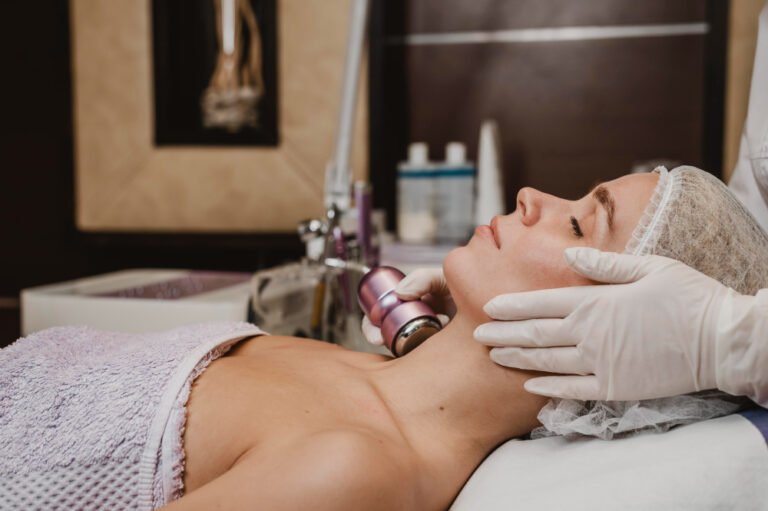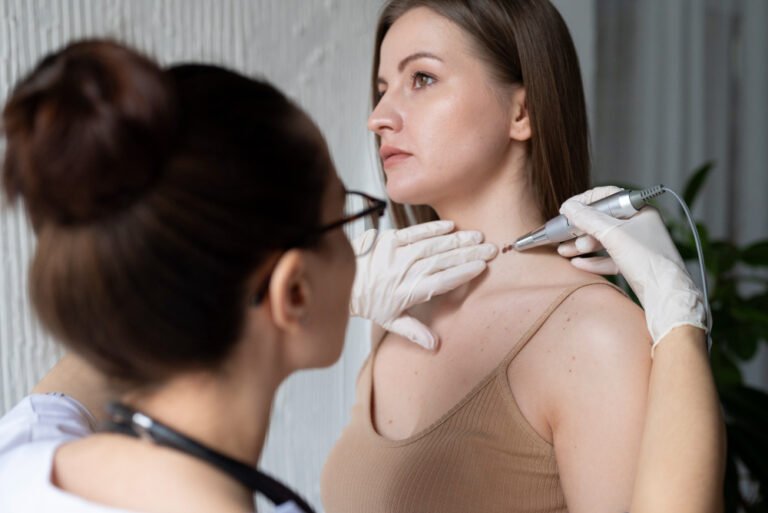Treatment Overview
Silicone chin implant surgery, also known as genioplasty with implant augmentation, is a cosmetic procedure designed to enhance the size, shape, and projection of the chin using a specially crafted silicone implant. In Korea, this surgery is performed with exceptional precision and artistry, using advanced surgical techniques and high-quality medical-grade silicone to create a balanced, natural-looking facial profile. Korean plastic surgeons are known for their expertise in facial harmony, ensuring that the chin projection complements the jawline, neck, and overall face shape.
Purpose & Benefits
The main purpose of silicone chin implant surgery is to correct a recessed or under-projected chin, improve facial symmetry, and create a more defined jawline. Benefits include enhanced facial balance, improved side profile, better proportion with other facial features, and a more youthful, attractive appearance. This procedure can also help elongate the neck visually and sharpen the jaw contour.
Ideal Candidates
This surgery is ideal for individuals with a small or receding chin, asymmetrical chin shape, or those who wish to achieve a more proportional face. Candidates should be in good overall health, have realistic expectations, and understand the procedure’s limitations. It is also suitable for those who do not want to undergo bone-cutting surgeries but still desire noticeable chin enhancement.
Possible Risks & Complications
While silicone chin implant surgery is generally safe in Korea, potential risks include swelling, infection, implant displacement, numbness in the chin area, scarring, or dissatisfaction with results. Choosing a highly skilled Korean surgeon minimizes these risks significantly.
Surgical Techniques Used
In Korea, surgeons use either an intraoral incision (inside the mouth) or a small incision under the chin to insert the silicone implant. Korean clinics prioritize minimal scarring and often use 3D imaging systems to custom design the implant for each patient. Some clinics also combine the surgery with neck liposuction or jawline contouring to maximize results.
Recovery & Aftercare
Recovery usually takes 1–2 weeks, with most patients returning to normal activities within 7–10 days. Swelling and mild discomfort are common during the first few days but subside gradually. Korean aftercare protocols include specialized swelling-reduction treatments, anti-inflammatory medications, and frequent check-ups to ensure optimal healing and implant stability.
Results & Longevity
Results are immediately visible after surgery, with final outcomes seen once swelling subsides in 4–6 weeks. Silicone chin implants are long-lasting and can remain in place for decades without the need for replacement, provided there are no complications.
Treatment Process in Korea
The process in Korea begins with a comprehensive consultation using advanced 3D facial analysis to determine the ideal chin projection for each patient’s unique facial proportions. Korean surgeons focus heavily on natural balance, ensuring the chin harmonizes with the nose, lips, and jawline. The surgery itself is typically performed under local anesthesia with sedation or general anesthesia, depending on the patient’s comfort. Post-surgery, clinics provide tailored recovery programs that may include LED light therapy, lymphatic drainage massage, and medical-grade skincare to minimize swelling and enhance healing. Korea is considered a top destination for this surgery due to its world-class plastic surgeons, custom implant technology, and emphasis on natural aesthetics that blend seamlessly with the patient’s ethnic features.
Cost Range
The cost of silicone chin implant surgery in Korea generally ranges from ₩3,000,000 to ₩6,500,000 KRW (approximately $2,300 – $5,000 USD), depending on the clinic’s reputation, surgeon’s expertise, and whether additional procedures (such as neck liposuction or jawline contouring) are performed. Premium clinics in Gangnam offering customized 3D-designed implants and luxury recovery services may charge on the higher end of the spectrum.
Popular Clinics
- ID Hospital (Seoul) – Known for facial contouring and custom chin implants.
- Banobagi Plastic Surgery – Famous for precise, natural-looking chin augmentation.
- View Plastic Surgery – Offers advanced 3D analysis for implant customization.
- JW Plastic Surgery – Specializes in facial harmony and combines procedures for enhanced results.
- DA Plastic Surgery – Popular among international patients for safe, natural results.



